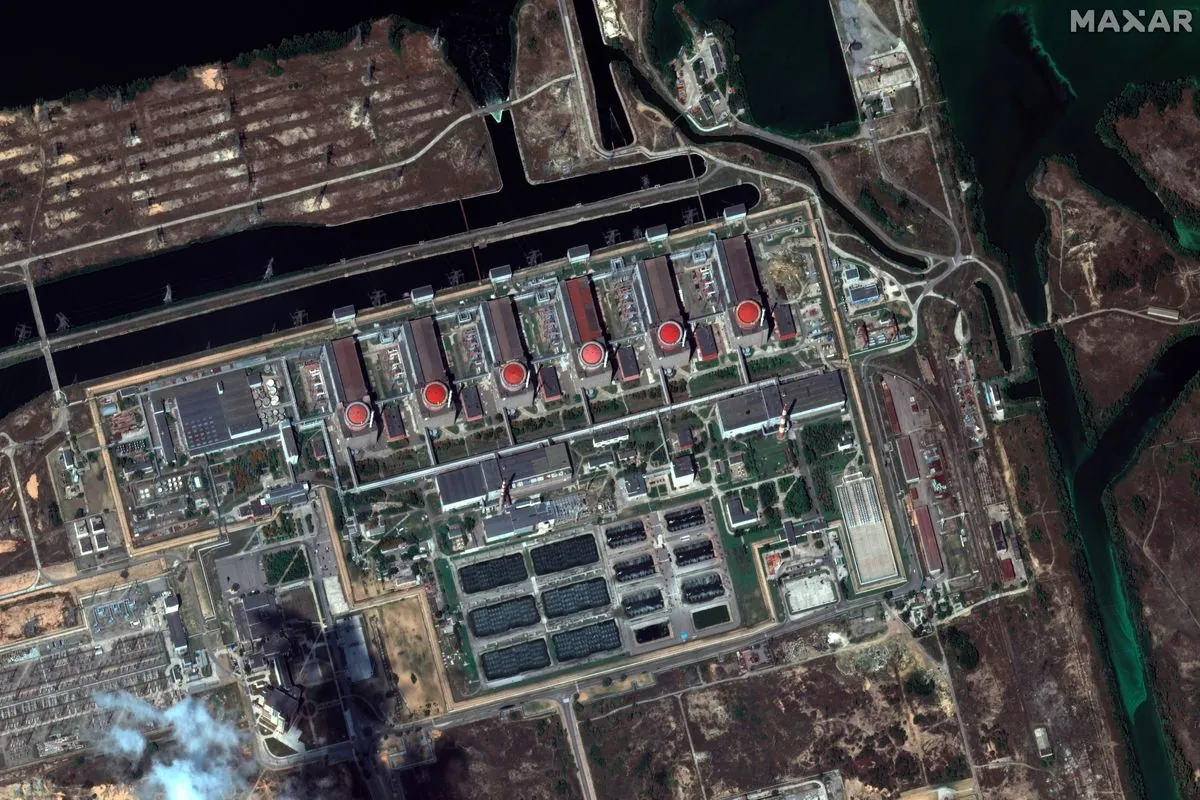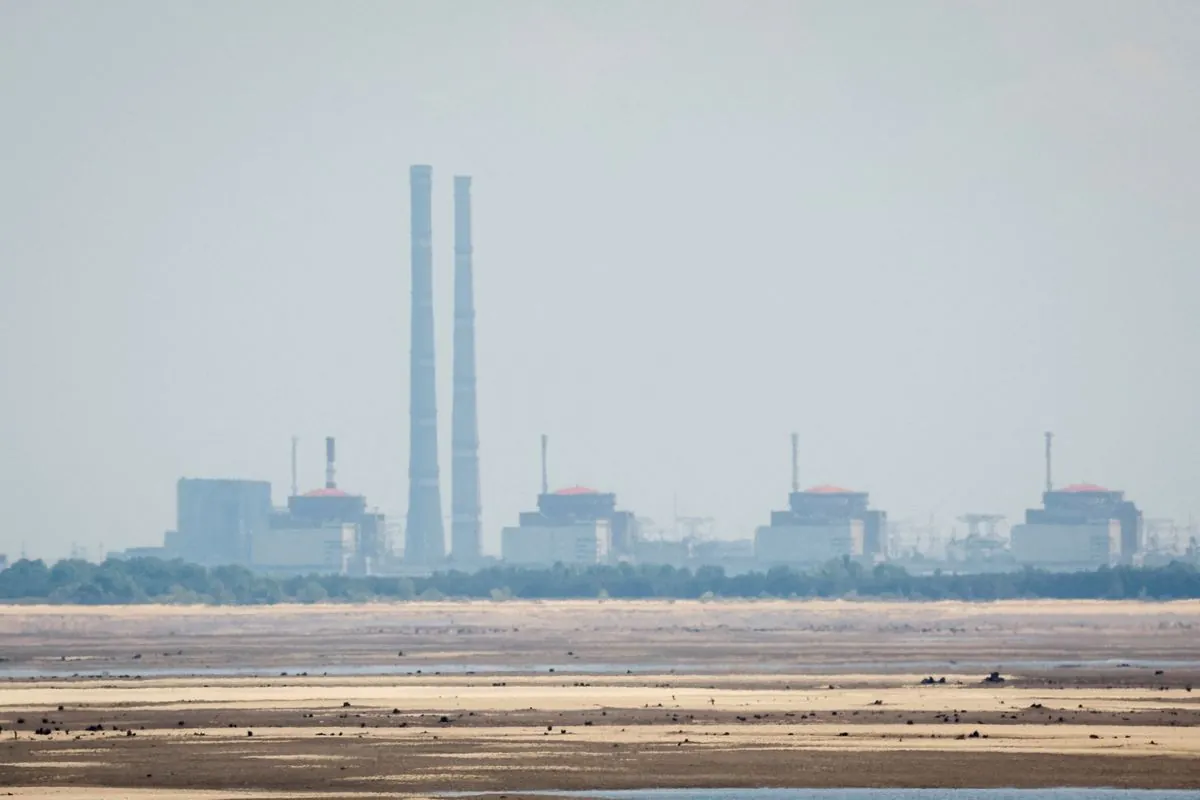Fire at Zaporizhzhia Nuclear Plant Sparks Mutual Accusations
A fire at the Russian-occupied Zaporizhzhia nuclear power plant in Ukraine has led to accusations between Moscow and Kyiv. The IAEA reports no impact on nuclear safety despite visible smoke.

On August 11, 2024, a fire erupted at the Zaporizhzhia Nuclear Power Plant, the largest in Europe, sparking a heated exchange of accusations between Ukrainian and Russian officials. The incident has once again highlighted the ongoing safety concerns surrounding the facility, which has been under Russian control since March 2022.
The International Atomic Energy Agency (IAEA), which maintains a permanent presence at the site, confirmed the presence of "strong, dark smoke" following multiple explosions in the northern area of the plant. However, the agency reported no immediate impact on nuclear safety.
Volodymyr Zelenskyy, Ukraine's President, pointed fingers at Russian forces, claiming they had started the fire. Conversely, Evgeny Balitsky, a Russian-installed official in the occupied region, accused Ukrainian forces of causing the blaze through shelling of nearby Enerhodar.
The IAEA disclosed information about an alleged drone attack on one of the cooling towers, while a local Ukrainian official suggested that Russian forces might have set fire to a large number of tires near the cooling towers.

Despite the alarming visuals, plant management assured that emergency workers had contained the fire and that it posed no threat of spreading. They emphasized that the incident did not affect the station's operation.
"Currently, the radiation indicators are normal. But as long as Russian terrorists retain control over the nuclear plant, the situation is not and cannot be normal."
The Zaporizhzhia Nuclear Power Plant, which normally generates about 20% of Ukraine's electricity, has not been operational since the Russian occupation began. However, it still requires external power to maintain cooling systems for its nuclear material, a critical factor in preventing a potential catastrophe.
This incident marks another chapter in the plant's tumultuous recent history. Since falling under Russian control, the facility has faced multiple challenges, including power outages and safety concerns. It holds the unfortunate distinction of being the first nuclear power plant to operate in a war zone.
The plant's strategic importance is underscored by its vast size, covering 104.7 hectares and housing six VVER-1000 pressurized water reactors. Each unit can produce up to 1000 megawatts of electric power, highlighting the potential risks associated with any security breaches.
As tensions continue to simmer, the international community remains vigilant. The IAEA's permanent presence at the site, established in September 2022, serves as a crucial monitoring mechanism. However, the ongoing conflict in the region continues to cast a shadow over the plant's future and the safety of its operations.


































